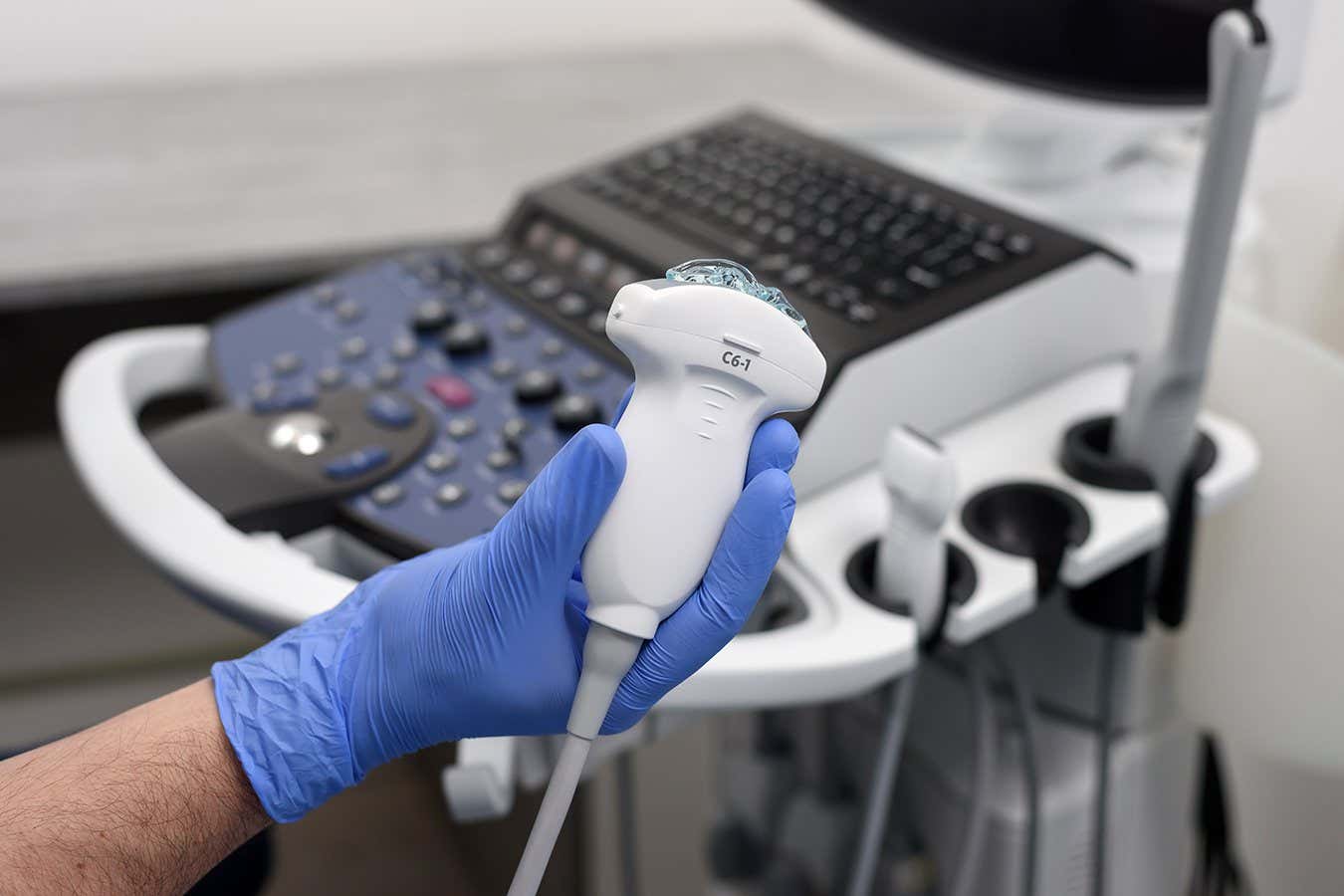Vaccines can be delivered through the skin using ultrasound. This method doesn’t damage the skin and eliminates the need for painful needles. To create a needle-free vaccine, Darcy Dunn-Lawless at the University of Oxford and his colleagues mixed vaccine molecules with tiny, cup-shaped proteins. They then applied liquid mixture to the skin of mice and exposed it to ultrasound – like that used for sonograms – for about a minute and a half.



History proves we do the cheapest, easiest, and fastest. So allow me to shit all over this idea…
Sure they might develop it faster or make a new more portable thing. But that’s going to take a long long time when no one gives a shit to invest money in a new thing when needles work.
As with all new inventions/procedures, this is just the first step. The process will become faster and more efficient in the future.
In my opinion, this is a great first step towards a Star Trek-like hypospray.
deleted by creator
No one is suggesting this be put in practice in its current form, that would be insane. That said, this is a good first step for alternative forms of vaccination. “First step” being the important part.
Might be useful for those people whose blood doesn’t clot. Though I don’t know if a small syringe needle is even an issue for them anyway
A machine that produces ultrasonic waves is not that complex. It’s the sensors and qualified technician to read and capture the scans that’s expensive.
Plus have you ever had to physically restrain your child through a needle shot? You said “easiest” and that shit ain’t easy.
You seem to be the only commenter here who recognizes that this would be amazing for pediatric patients - who coincidentally receive way more vaccines than adults.
I’d like to be an optimist when it comes to things like this, some people really really can’t stand needles and something like this would be great for them people. I hope it develops further.
Why can’t we get intranasal vaccines?